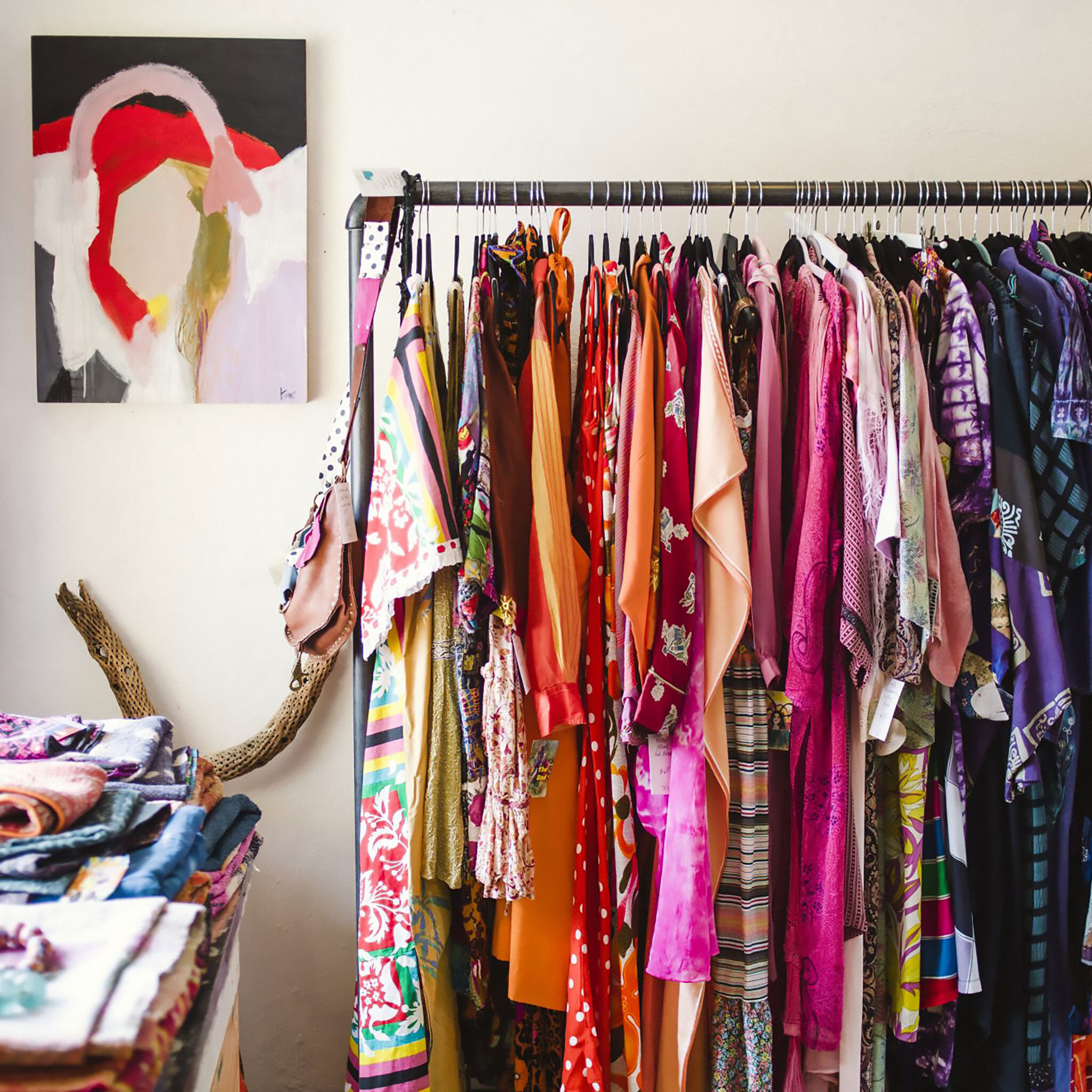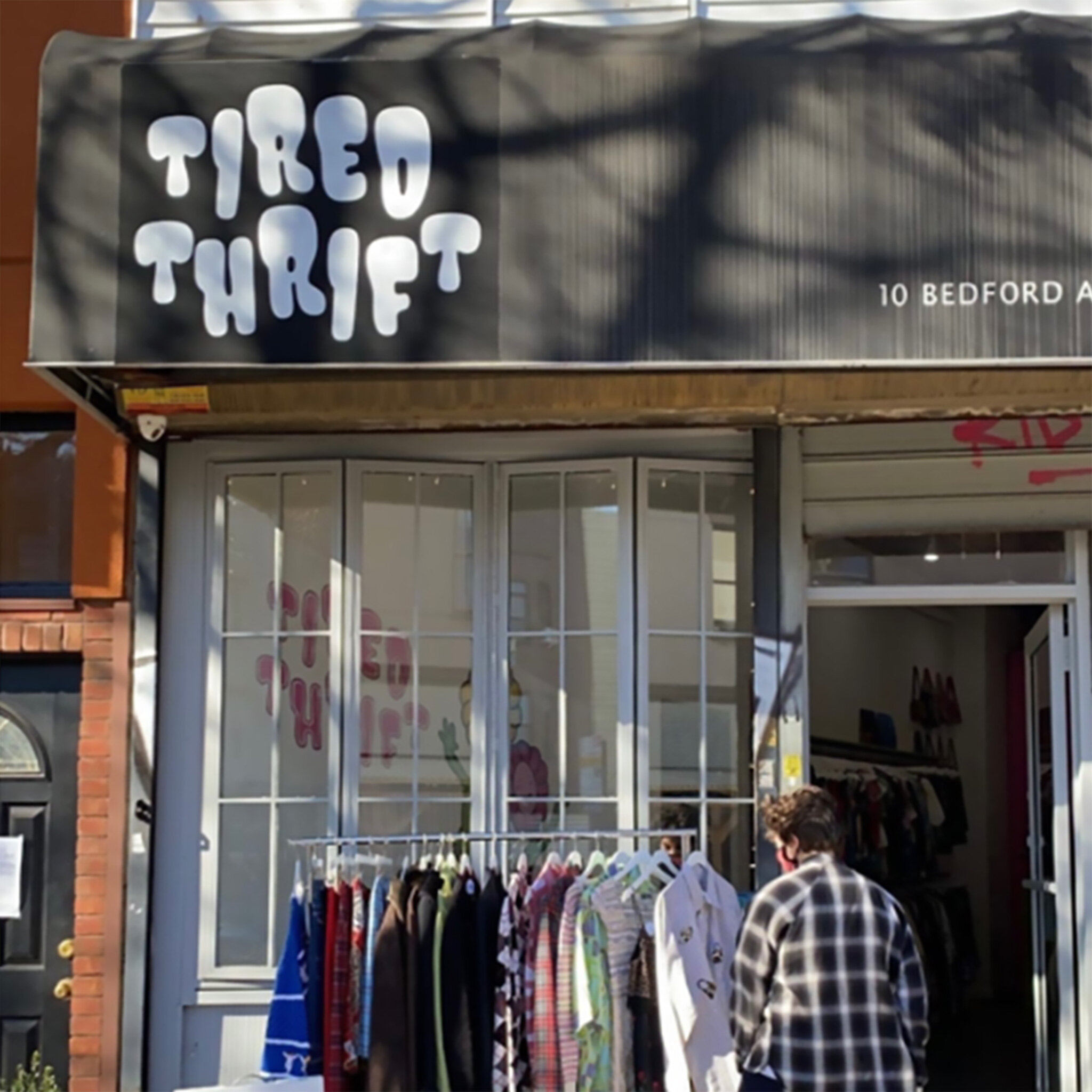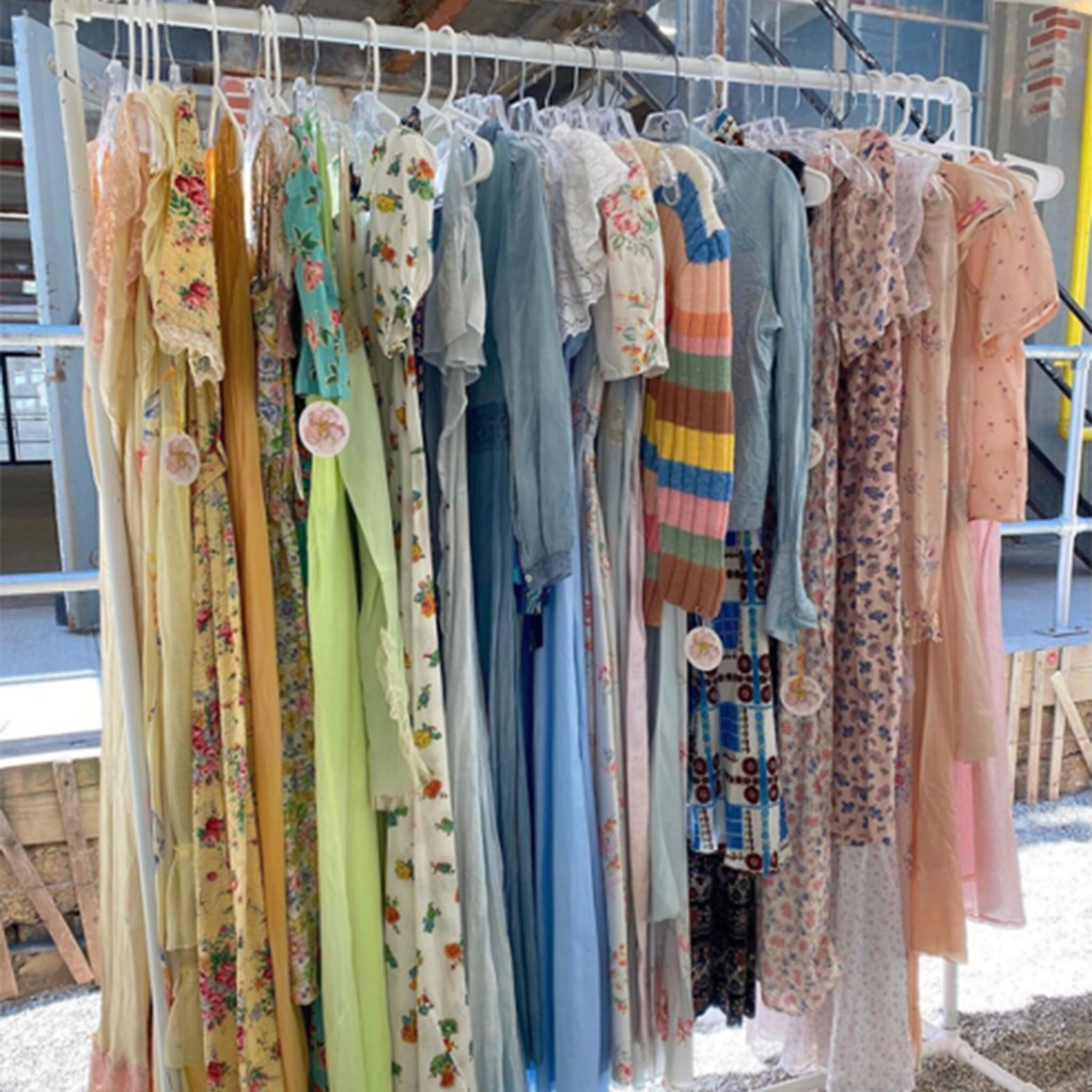Why Is Gen-Z So Infatuated With Secondhand Fashion?
Remake: Making sustainability accessible
Gen Z has remains at the forefront of many emerging trends and fads due to the quick and efficient circulation of new ideas and tips by social media, especially apps such as Instagram and TikTok. One of the most popular trends that has taken younger generations by storm is the concept of thrifting clothing or hunting down unique vintage finds. Many influencers, bloggers, and Tiktokers create videos for their fan bases where they show off their one in a million vintage discoveries or advise others how to thrift efficiently. The secondhand fashion movement is surely not a new emergence, as resources such as the Goodwill and Salvation Army have existed for decades already, supplying low-income demographics with more affordable clothing options. Millennials were not as excited about this method of consumerism as are current generations. The way in which recycled fashion has become “trendy” is a particularly novel phenomenon, so why exactly is Gen Z so infatuated with secondhand fashion?
Tired Thrift: Y2K/90s Curated Vintage
“Generation Z” refers to young adults and teenagers born between 1997 and 2012. This generation directly follows the “Millennials,” born 1981-1996. There are a multitude of character traits that divide these two groups, even though they are relatively close in age. Gen Z are known for their social media savviness and increasing use of technology, as they grew up with screens and apps instead of playgrounds and board games. Gen Z has also taken an increased interest in the secondhand fashion movement. The secondhand clothing market in the United States is currently worth $379 billion, and it has been reported that just in the year of 2019, this market inflated 21 times faster than the traditional retail apparel market. It is projected that the trend of secondhand consumerism will only exponentially increase in years to come.
The most boggling question that emerges when studying this fad is: What lies behind this surge? Why are individuals, and especially individuals who are a part of Gen Z, more interested in buying used or vintage clothing than ever before? One of the most prevalent forces behind this new movement is, without a doubt, social media. Social media allows people to keep connected all over the world, so it benefits the secondhand fashion industry in that it allows people to share used clothing through virtual means. The Internet also allows smaller resale retailers to advertise their inventory to wider audiences. Shopping has evolved with the technological boom, allowing consumers to shop on apps and virtual marketplaces where there is a better market for used or vintage clothing. Social media also allows influencers and celebrities to publicize their favorite thrifted items, so that others can follow suit.
Eveliina Vintage: Vintage Brand based out of Miami and NYC
Another driver of Gen Z’s fascination with secondhand fashion is this generation’s interest in sustainability, as a result of higher awareness of climate change and environmentalism. In research conducted by “Future of Humanity,” 41% of the study group (ages 18-25 years old) mentioned that they believe global warming is the most important issue we currently face. Gen Z is more willing to take action when it comes to protecting our Earth because they have lived through the threats of climate change and take those threats seriously. They wholeheartedly believe that our institutions and industries need to change for the better, and this belief is reflected in their actions. Many Gen Zers buy secondhand clothing because they want to do their part in making the world a healthier place.
FunnyPrettyNice: Vintage and Preowned Clothing
Although Gen Z has taken a unique interest in the secondhand and vintage clothing communities, everyone is welcome to participate - in fact, all individuals should contribute to transforming fashion into a more circular industry. The options are endless when it comes to secondhand or vintage clothing. Many Gen Zers frequent the resale apps Depop and Poshmark, which bring used clothing straight to your fingertips. Vintage clothing brands and retailers have also become wildly popular in big cities. Many of these stores curate their pieces, making sure that their customers have access to some of the rarest and most individualistic garments.
Article by Kayla Curtis-Evans, Contributor, PhotoBook Magazine
Tearsheets by Daniel López, Graphic Design, PhotoBook Magazine







